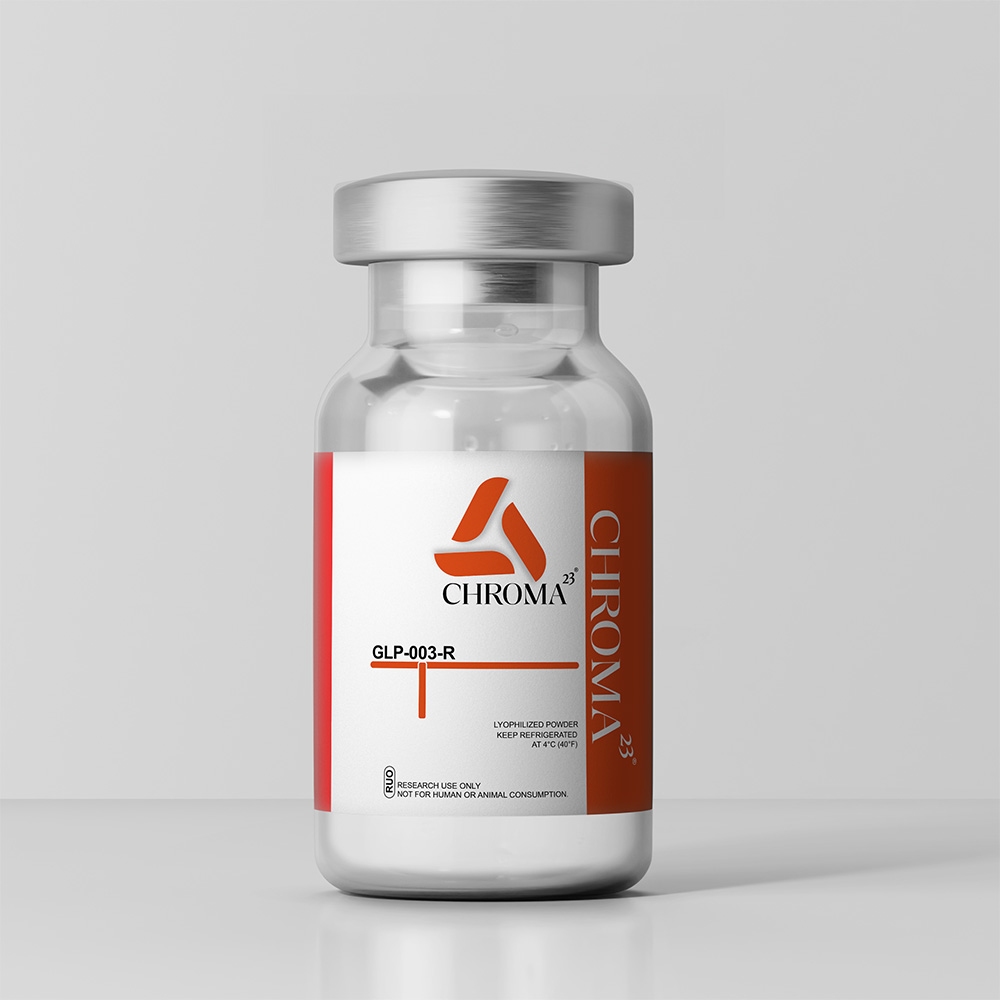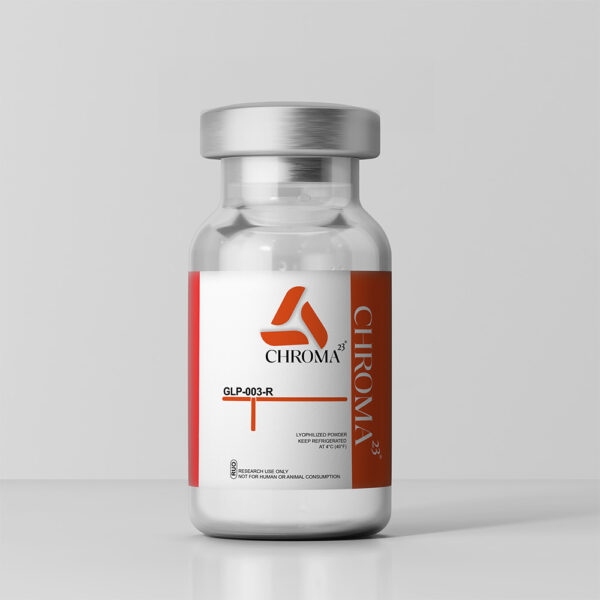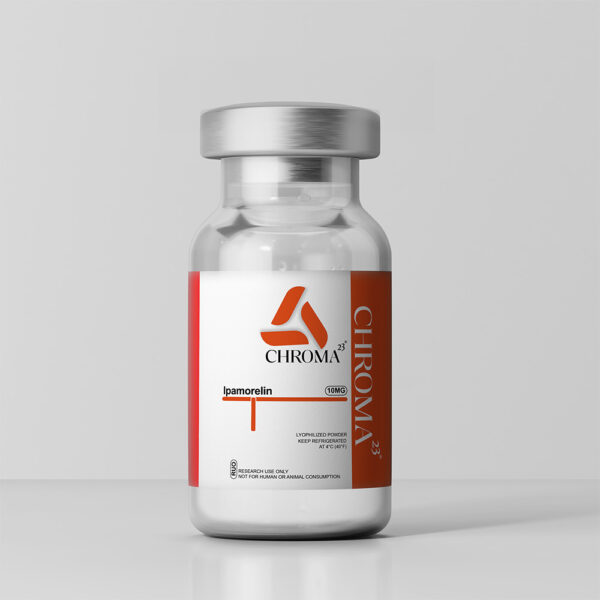Retatrutide is a synthetic investigational peptide that functions as a triple receptor agonist, simultaneously stimulating the GLP-1, GIP, and glucagon receptors. These three receptors play significant roles in metabolic regulation, including insulin secretion, glucose utilization, appetite suppression, and lipid metabolism. Retatrutide’s unique profile offers a multifaceted approach to metabolic modulation, surpassing the scope of traditional single- or dual-target incretin mimetics.
The development of Retatrutide reflects growing interest in multi-agonist strategies to achieve synergistic effects on energy balance and glycemic control. GLP-1 receptor activation enhances insulin secretion, suppresses glucagon release, and slows gastric emptying. GIP receptor stimulation contributes to insulinotropic activity and lipid regulation. The activation of the glucagon receptor, while counterintuitive at first glance, has shown promise in promoting lipolysis and increasing energy expenditure when balanced with GLP-1/GIP actions.
In preclinical animal studies, Retatrutide has demonstrated significant reductions in body weight, improved insulin sensitivity, and favorable effects on lipid metabolism. These results are particularly promising in models of obesity and type 2 diabetes, where metabolic dysregulation is multifactorial. The peptide’s effects on appetite suppression and increased fat oxidation have been especially notable.
Retatrutide has also been explored in hepatic steatosis and non-alcoholic fatty liver disease (NAFLD) models, where it reduced liver fat content and improved liver enzyme profiles. Additionally, some early research suggests Retatrutide may improve cardiovascular biomarkers by decreasing circulating triglycerides and improving HDL levels.
The peptide’s long-acting profile allows for sustained receptor stimulation, enabling consistent metabolic effects over time. This property makes it suitable for chronic metabolic studies that aim to evaluate long-term adaptations to multi-hormonal modulation.
Compared to GLP-1 mono-agonists and dual agonists like Tirzepatide, Retatrutide provides a broader mechanism of action. It is often studied in combination with metabolic profiling tools, calorimetry, and gene expression analyses to uncover how simultaneous incretin and glucagon receptor activation influence systemic and cellular metabolism.
Retatrutide’s tri-agonist activity makes it an excellent research tool for scientists investigating obesity, insulin resistance, hepatic lipid accumulation, and metabolic flexibility.
This product is intended strictly for laboratory research use only. Not for use in humans or animals.





